The Spiritual Center of Eurasia and the Sacred Warrior Tradition Derived from there
Understanding the origin of a people is inherently linked to the knowledge of a spiritual realm that exists parallel to us, but in a different space, from where the people receive assistance and a savior from time to time. This secret realm, still existing in a concealed location, is inhabited by enlightened beings, and in Tibetan tradition, it is known as the kingdom of Shambhala. The prophesied savior of humanity, the Holder of the Terrible Wheel (in Tibetan: Dragpo Korlo Csen), is to come from this kingdom. Similar legends exist about the king of the eastern Tibetan Ling kingdom, Gesar, depicted in one of Central Asia’s greatest epic poems. According to this epic, Gesar will return at the head of an army from the spiritual realm of Shambhala to defeat the forces of darkness. In our Hungarian tradition, too, there is the figure of a knight king who defeats the forces of darkness. He is Atila, the Scourge of God, who came to bring the values of pure spirituality in an age of decay.
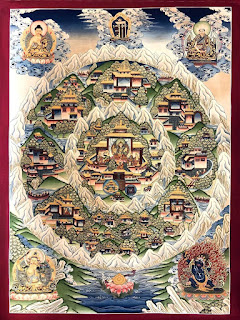
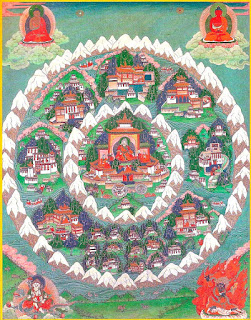
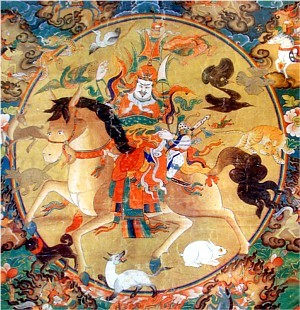
In recent times, several Western researchers speculate that Shambhala could have been one of those kingdoms we have historical records of. According to them, the kingdom of Shambhala was likely in Inner Asia and may be identified with the ancient kingdom of Shang Shung, often associated with the White Huns. According to Tibetans, Shang Shung encompassed Western Tibet with Ladakh, Mount Kailash the holiest mountain in Asia, Tajikistan, and the vast surrounding territories of Inner Asia, inhabited by various peoples such as Tibetans, Saka (Scythians), and Huns. Others believe that Shambhala is a realm of the enlightened mind, still in existence today, but can only be experienced through purifying one’s consciousness.
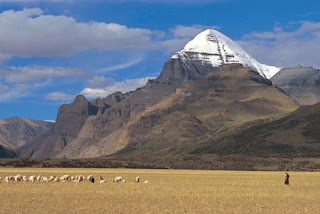
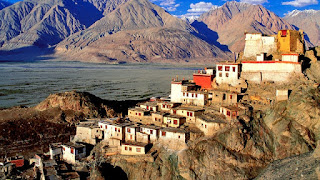
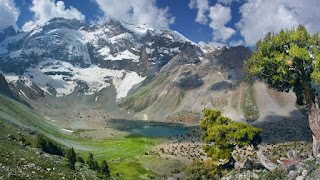
The tradition of the Szeklers in Transsylvania is also closely related to the tradition of Shambhala and Gesar, almost exact replica of them: Csaba, the prince, the youngest son of Atila, is the future savior of the Szekler people, who will come with his army on the Path of Warriors to save the Szeklers from his stellar realm, where he currently resides.
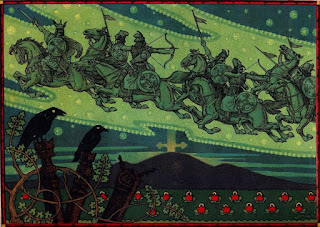
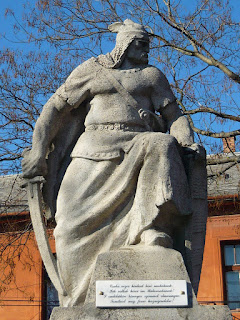
The correspondence between the Terrible Wheel Holder, the king of Shambhala, Gesar, the king of Ling, Atila, and Csaba, and their secret realms still in existence, is not accidental. To understand the issue, it is essential to know that both Tibetan Buddhists and Tibetan Bön (the pre-Buddhist Tibetan religion) scholars attach great importance to a common Eurasian tradition that extends over several countries and peoples, the warrior tradition on the path to enlightenment, which originated in Inner Asia, and mainly during the time of the Huns, under the influence of Hun horsemen, gradually extended far to the south, east, and west.
Shambhala, Gesar, Atila, and Csaba are part of this entire Eurasian warrior tradition, which, according to Professor Siegbert Hummel and many other contemporary researchers, has left traces in the megalithic civilizations of Europe and later in the Greek and Germanic religious traditions.
One of its most western variants is the Arthurian legend, which according to recent research, arrived in the British Isles with the Scythian-Alan horsemen who served the Roman Empire. It is important to note here that the ancient tradition of the enlightened warrior evolved into a knightly tradition during the time of the equestrian peoples, the Saka and the Huns, without any significant change in its teachings.
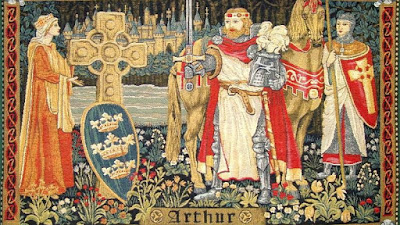
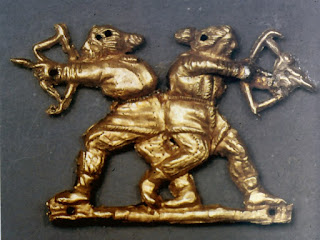
Chögyam Trungpa and other researchers like Idries Shah suggest that the cradle of the ancient enlightened warrior tradition was in Inner Asia, spreading to the “peninsulas” of Eurasia, which were referred to as Europe in the west, India in the south, as well as the then-peripheral areas such as China or Persia. According to these authors, the tradition of the enlightened warrior spread to ancient American civilizations as well.
